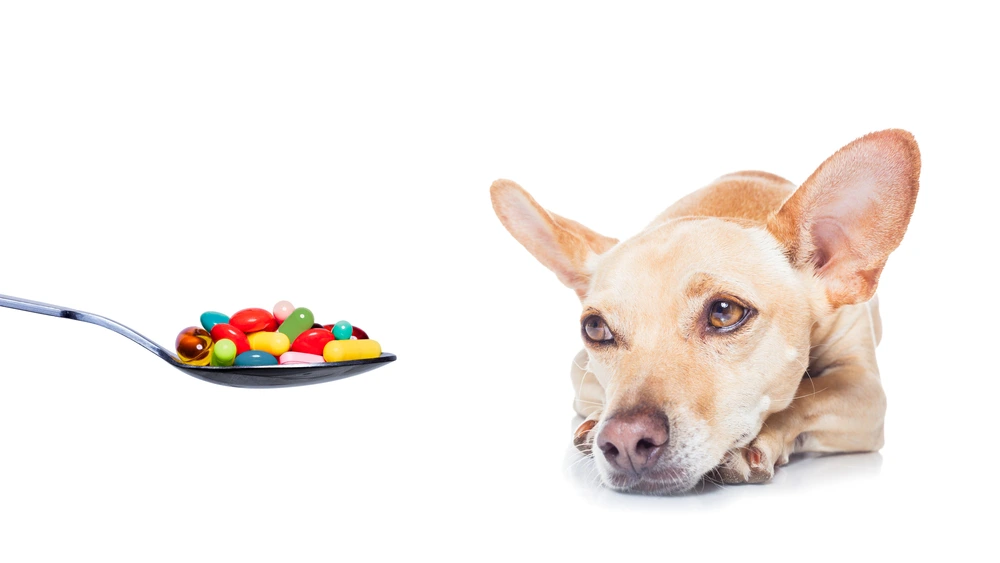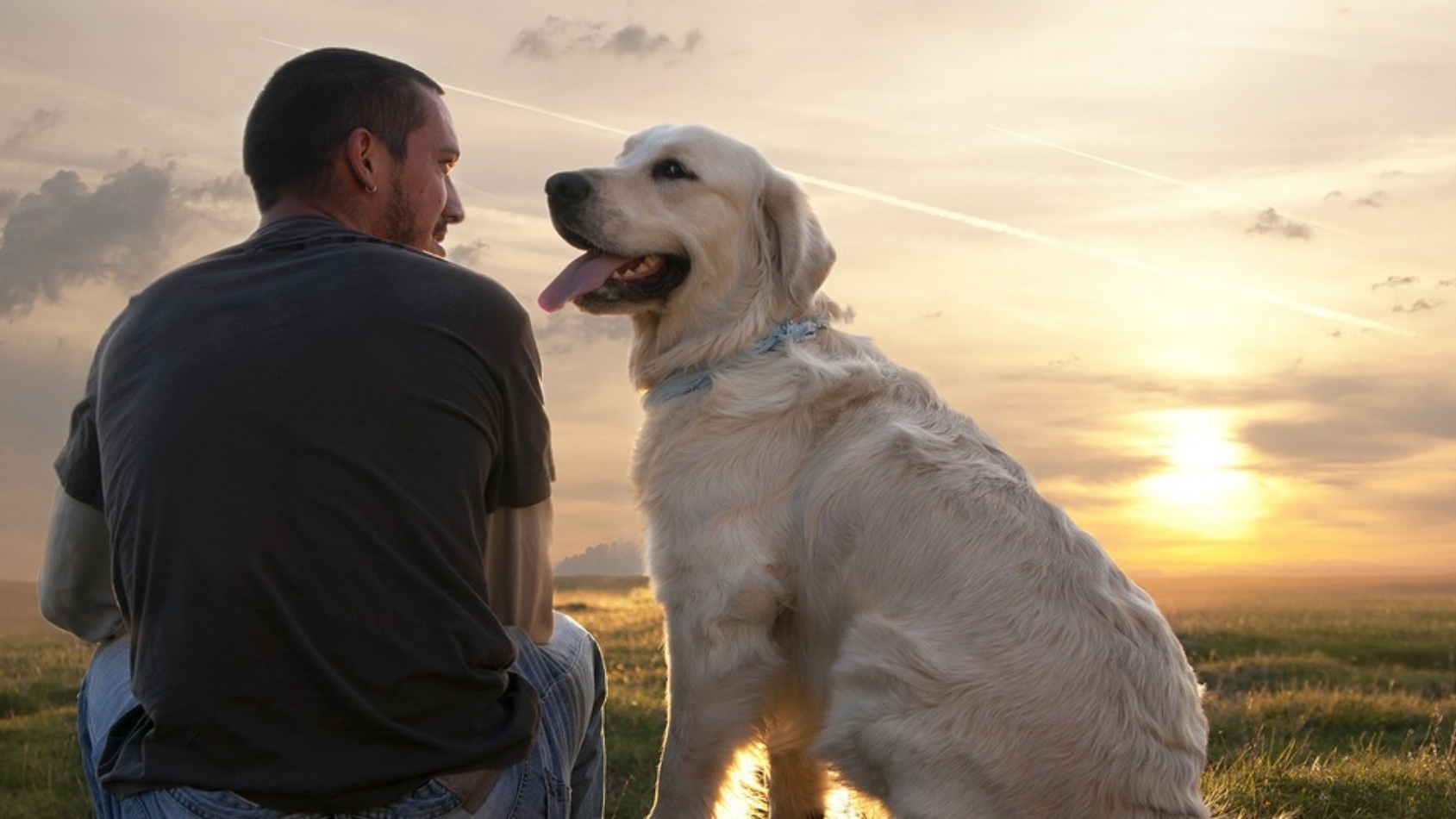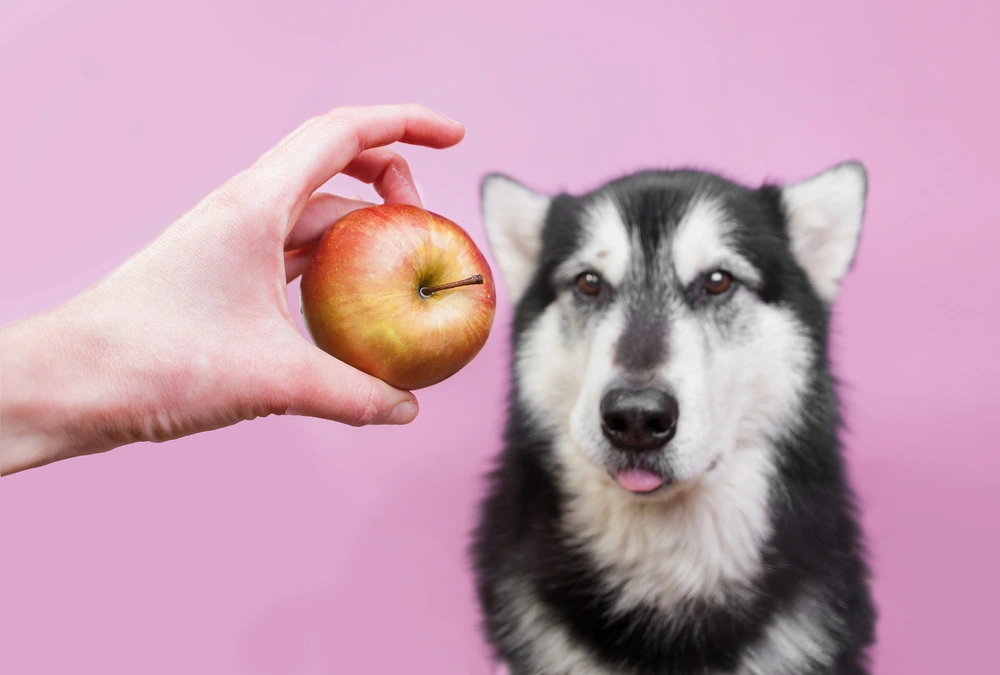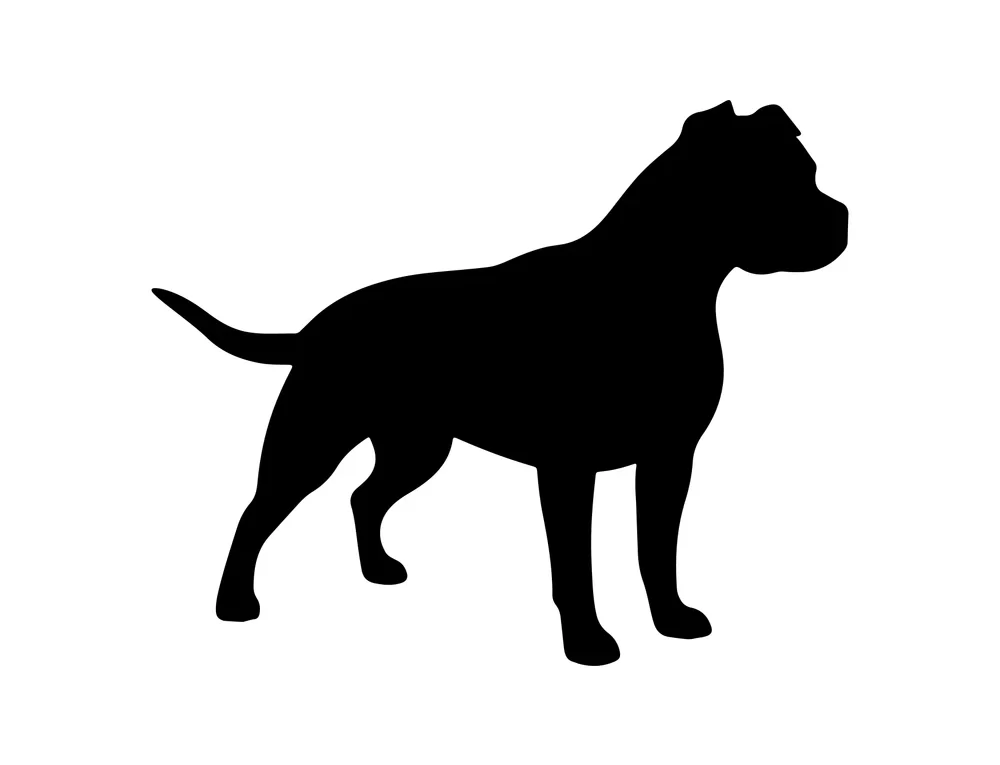When your furry companion faces inflammation, allergies, or autoimmune conditions, your vet might suggest Prednisone For Dogs. This powerful corticosteroid can bring quick relief, but it’s important to understand how it works, its dosage, potential side effects, and how to use it wisely. In this guide, we’ll explore all aspects of Prednisone For Dogs, so you can make informed decisions about your dog’s health.

Content
What Is Prednisone And How Does It Help Dogs?
Prednisone For Dogs is a synthetic steroid that mimics the hormone cortisol. It works by reducing inflammation and suppressing the immune system. Vets commonly prescribe it for a range of conditions including arthritis, skin allergies, Addison’s disease, and even some cancers. It’s also used during post-surgery recovery to reduce swelling and discomfort.
In short, Prednisone For Dogs can be a life-changing treatment when used under proper veterinary supervision.
Common Uses Of Prednisone In Canine Health
Prednisone is not a one-size-fits-all solution. Here are some common issues it’s used to treat:
- Allergies and skin conditions: Helps reduce itching, swelling, and rashes
- Arthritis and joint pain: Reduces inflammation in joints
- Autoimmune disorders: Suppresses abnormal immune responses
- Lung and respiratory issues: Useful in treating bronchitis or asthma
- Cancer treatment support: Helps manage inflammation and increase appetite
Understanding The Right Dosage
Determining the correct Prednisone For Dogs Dosage is crucial. Your vet will consider factors like weight, age, medical history, and condition severity before prescribing. A common starting point is Prednisone For Dogs 5 Mg, especially for small or medium breeds.
Some general observations:
- Mild conditions may require 0.1–0.3 mg per pound
- Severe inflammation or immune issues may need 0.5–1 mg per pound
Always follow the Prednisone For Dogs Dosage Chart provided by your vet. Do not adjust the dosage without professional guidance, as overuse can lead to serious health issues.
Prednisone For Dogs Dosage Chart By Weight
Here’s a simplified version of a Prednisone For Dogs Dosage Chart By Weight for reference:
| Dog’s Weight (lbs) | Low Dose (0.1 mg/lb) | High Dose (0.5 mg/lb) |
|---|---|---|
| 10 lbs | 1 mg | 5 mg |
| 20 lbs | 2 mg | 10 mg |
| 30 lbs | 3 mg | 15 mg |
| 40 lbs | 4 mg | 20 mg |
| 50 lbs | 5 mg | 25 mg |
This chart is only a general guideline. Exact dosage should be given only by a veterinarian after assessing your dog.
Prednisone For Dogs Side Effects To Watch For

While Prednisone For Dogs can be very effective, it’s essential to watch for any negative effects, especially during long-term use. Some common Prednisone For Dogs Side Effects include:
- Increased thirst and urination
- Excessive hunger
- Panting
- Weight gain
- Lethargy
- Weakened immune response
- Behavioral changes
In rare cases, dogs may experience ulcers, diabetes, or Cushing’s disease. Always keep your vet informed about any changes in your dog’s behavior or health.
Tips For Dogs On Prednisone
Managing side effects and improving effectiveness can be easier if you follow these Tips For Dogs On Prednisone:
- Always give the medication with food to reduce stomach irritation
- Avoid giving it late at night to prevent insomnia or restlessness
- Gradually taper the dose when discontinuing — never stop suddenly
- Monitor for signs of infection, weight changes, or mood shifts
- Ensure constant access to water due to increased thirst
Veterinarians often recommend re-evaluating dogs on long-term prednisone use every few weeks to monitor organ health and overall response.
Conclusion
Prednisone For Dogs is a powerful tool in treating a variety of conditions, from chronic inflammation to autoimmune diseases. When used correctly and under professional guidance, it can significantly improve your dog’s quality of life. However, it’s crucial to understand the right dosage, potential risks, and proper care routine. Always keep a close eye on side effects and maintain open communication with your vet. With proper management, your dog can benefit greatly from this medication while minimizing risks.
If your dog struggles with anxiety or stress-related issues, you might also be interested in learning about Trazodone For Dogs as a calming solution.
FAQs
What are prednisolone tablets used for in dogs?
Prednisolone tablets are used to treat inflammation, autoimmune diseases, allergies, and even cancer-related symptoms in dogs.
How quickly does prednisone work for dogs?
Prednisone usually begins working within 1 to 2 hours, with noticeable improvements within a day or two for most conditions.
Will prednisone make my dog sleepy?
Yes, some dogs may become more lethargic or sleepy, especially when first starting the medication or at higher doses.
What are the worst side effects of prednisolone?
The most severe side effects include gastrointestinal ulcers, Cushing’s disease, weakened immune system, and long-term liver or kidney damage.

Join Felipe Clark on a heartwarming journey through the world of pet adoption. He’s a true advocate for shelter animals, sharing stories that tug at the heartstrings and inspire adoption.















